What is the AC1 coffee variety & could it become more popular?
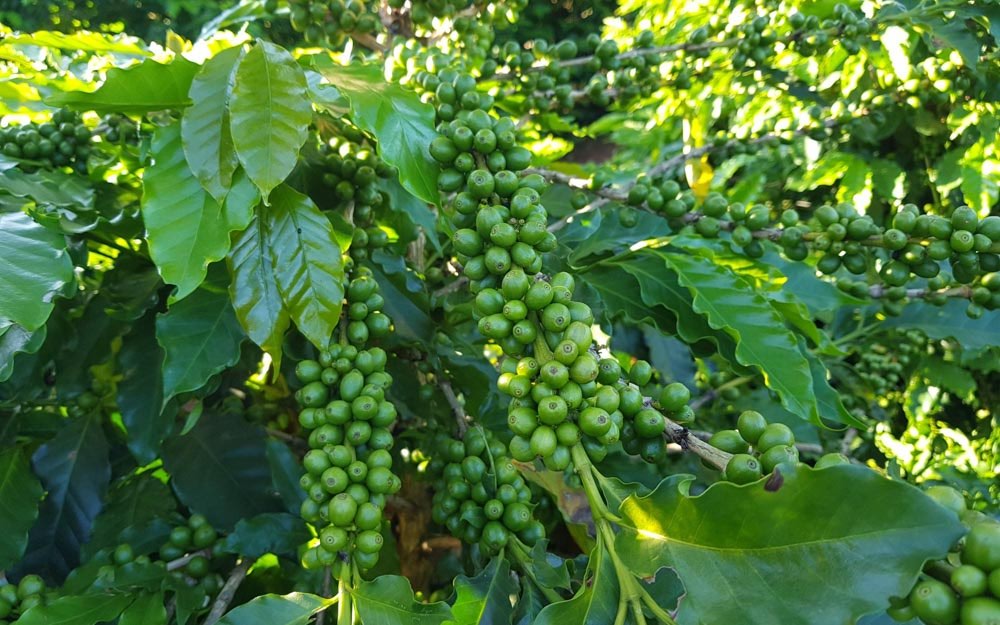
In recent years, interest in naturally low-caffeine varieties has certainly grown. We have seen more and more low-caf coffees like Laurina and Aramosa available in coffee shops and at high-end auctions. In fact, the former even won the World Brewers Cup in 2018.
It’s clear that specialty coffee sees plenty of potential with the quality of these varieties. In turn, the market for high-quality low-caf coffee is slowly but steadily growing.
Another coffee variety which is naturally low in caffeine is AC1. First discovered in Ethiopia, the Instituto Agronômico de Campinas (IAC) has carried out extensive research on this coffee to better understand its market potential. And there have been some promising results, too.
To learn more about AC1, I spoke to Dr. Julio Mistro, a researcher at IAC, and Kenean Dukamo, head of coffee at Ethiopian exporter Daye Bensa. Read on for more of their insight.
You may also like our article on Laurina coffee.
Where does AC1 come from?
Like other low-caf varieties, AC1 is naturally low in caffeine. Comparatively, AC1 contains around 0.76mg of caffeine per gram of coffee, while arabica contains an average 8 to 12 mg/g.
So where does AC1 come from?
Around 60 years ago, a group of agronomists and researchers from the UN Food and Agriculture Organisation travelled to Ethiopia. The group collected 621 variations of arabica seeds, which were shared with research institutes around the world. These included the Tropical Agricultural Research and Higher Education Center (CATIE) in Costa Rica.
Dr. Alcides Carvalho – a researcher at the IAC at the time – requested some of the seeds sent to CATIE, which were planted at Fazenda Santa Elisa in Campinas, Brazil in 1973. Some 26 years later, IAC researcher Maria Bernadete Silvarolla identified three arabica plants which produced coffee with very low caffeine content. These were the AC1, AC2, and AC3 varieties.
Dr. Julio Mistro leads the research project on Fazenda Santa Elisa.
“AC1 is a tall plant with less angular branches [than other coffee plants], and produces relatively low yields,” he says. “The variety is moderately tolerant to coffee leaf rust, but is very sensitive to higher temperatures and dry conditions.”
Research on the AC1 variety
In a 2011 study titled Characterisation of AC1: A naturally decaffeinated coffee, IAC researchers compared AC1 to Mundo Novo. This variety is a natural cross between Bourbon and Typica which is popular in Brazil. Researchers chose Mundo Novo because of its relatively low caffeine content (between 1% and 1.2%).
Researchers compared a number of factors between the two varieties, including the development of:
Cherry growth
Sugars
Organic acids
Amino acids
Phenolic compounds
Although AC1 cherries are smaller than Mundo Novo, there are many similarities in chemical composition between both varieties. Ultimately, this has led researchers to conclude there is potential for the AC1 variety in the global coffee market.
Is there a place in the market for low-caf varieties?
While naturally low-caffeine varieties are a relatively new discovery in the global coffee industry, decaffeinated coffee is immensely popular. According to research firm SkyQuest, the value of the global decaf coffee market will reach US $28.86 billion by 2030.
Although moderate caffeine consumption is safe for most consumers, there are many reasons why people choose to drink decaffeinated coffee. These include allergies and health concerns – especially about the processes used to remove caffeine from green coffee.
These concerns largely stem from past processes which used chemical solvent methyl chloride to remove caffeine. When consumed in high amounts, methyl chloride can potentially be toxic – which has led many companies to stop using this chemical solvent altogether.
Different decaf processes
Today, there are a number of safe ways to decaffeinate coffee, with each one having its own impact on coffee flavour and quality. The most common method is the Swiss Water process, which has been in commercial use since the 1970s.
The Swiss Water process uses fresh water containing soluble compounds from green coffee (apart from caffeine, which is removed using a carbon filter). This mixture is referred to as green coffee extract (GCE).
Green coffee is then soaked in this mixture for up to ten hours, which allows the caffeine compounds to transfer from the green beans to the GCE. This leaves around 0.01% caffeine content.
For many specialty coffee professionals, the Swiss Water decaf method preserves most of the coffee’s inherent characteristics. Moreover, it’s one of the safest and most natural ways of removing caffeine from green coffee.
Other methods include:
The Mountain Water Process, developed by Descamex
Carbon dioxide method
Descafecol’s sugarcane method
Given that the various decaffeination processes can affect coffee quality and flavour profile in different ways, there is certainly more market potential for low-caf varieties. As these coffees are naturally low in caffeine, they don’t need to be chemically treated or modified. This means there is potential to preserve quality and flavour as much as possible.
Could AC1 become more popular?
With interest in low-caf varieties like Laurina and Aramosa growing in the specialty coffee sector, is there the same potential for AC1?
Although more research is needed to answer more definitively, it’s clear that low caffeine levels can be detrimental to the growth of AC1 and other low-caf coffees. This is because caffeine acts as a natural repellent against insects and pests, so coffee plants which contain less caffeine can die more quickly. In turn, despite growing interest from specialty coffee roasters and consumers, there is little incentive for producers to plant low-caf varieties.
“The IAC doesn’t recommend commercial production of AC1, and we have never distributed seeds for commercial planting,” Julio tells me. “AC1 needs different treatment compared to other varieties in Brazil, including more fertiliser application and irrigation, as well as more intensive weed, pest, and disease control methods.
“Even with these strict measures, which also cost more money, yields would still be low,” he adds. “We would need to carry out more complex studies to better understand how to scale AC1 production sustainably.”
Using low-caf varieties to diversify production
In light of the challenges associated with growing AC1 and low-caf varieties, agronomists are using these coffees to determine future market potential.
“The IAC has cross pollinated AC1 with other prominent Brazilian arabica varieties, including Catuaí, Mundo Novo, Obatã, and Ouro Verde,” Julio explains. “We then developed new cultivars with not only high yield potential, but with caffeine levels between 0.03% and 0.10%.”
Julio adds that the IAC is carrying out regional trials to select which plants could be best for commercial production.
“It will take around six or seven years to conduct these tests successfully,” he says. “We are open to collaborating with companies that are willing to invest in the final phase of the programme.”
In June 2023, the IAC reported it had planted several of these low-caf varieties on farms across Brazil, with results already seeming promising.
“The aim of the programme is to develop varieties that are more productive than Laurina, but have even lower levels of caffeine,” he tells me. “On average, Laurina contains about 0.6% caffeine, but produces very low yields and is highly susceptible to several diseases.”
Kenean Dukamo, who placed second at the 2022 Cup of Excellence Ethiopia competition, tells me that while he doesn’t grow AC1 or other low-caf varieties, there is certainly interest in doing so.
“We would be open to growing a coffee variety that is naturally low in caffeine, so we could sell it as an alternative to decaf,” he says.
Innovation is rampant in specialty coffee, and this includes expanding and diversifying the market for low-caf varieties like AC1. While it’s clear that more research is needed to better understand how to scale production of these coffees, roasters and consumers alike are increasingly showing interest.
But ultimately, for producers to grow more naturally low-caffeine varieties as sustainably as possible, it’s important they receive the right level of support and guidance.
Enjoyed this? Then read our article on whether low caffeine varieties could replace decaf.
Photo credits: Julio Mistro, Kenean Dukamo
Perfect Daily Grind
Want to read more articles like this? Sign up for our newsletter!
The post What is the AC1 coffee variety & could it become more popular? appeared first on Perfect Daily Grind.
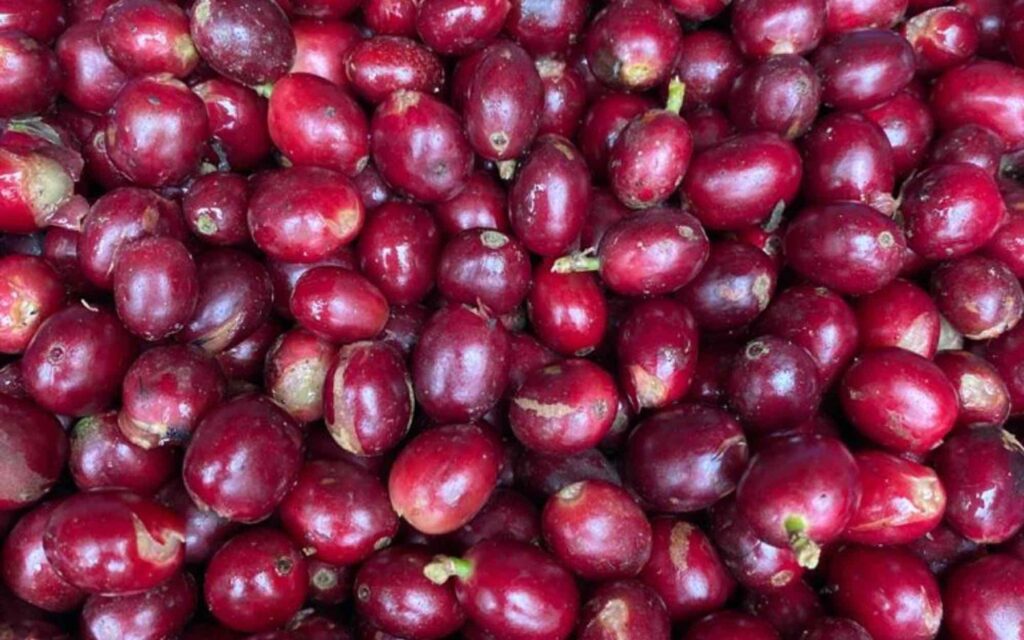
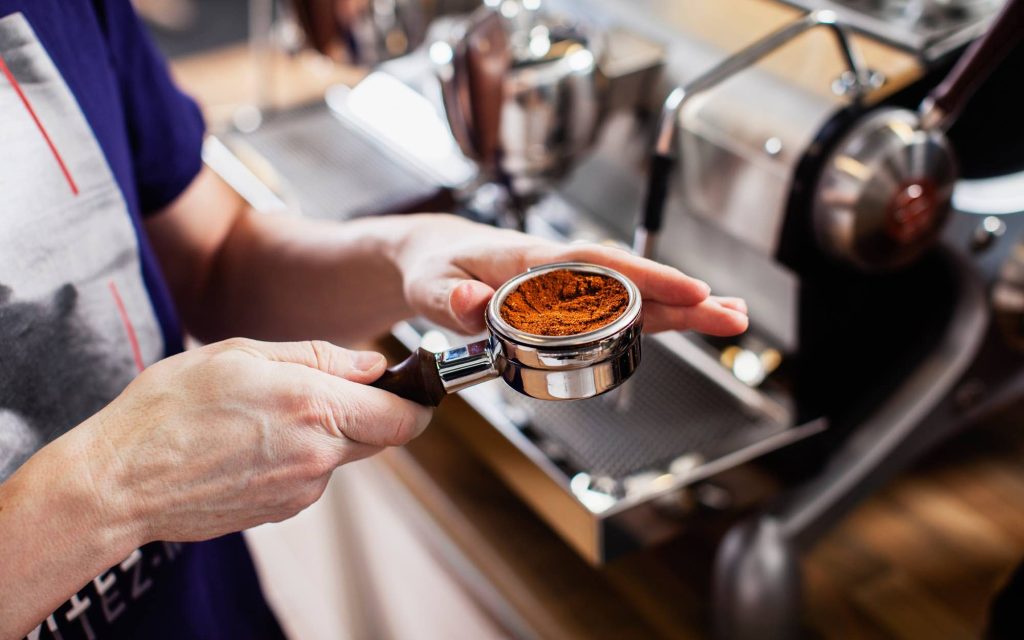
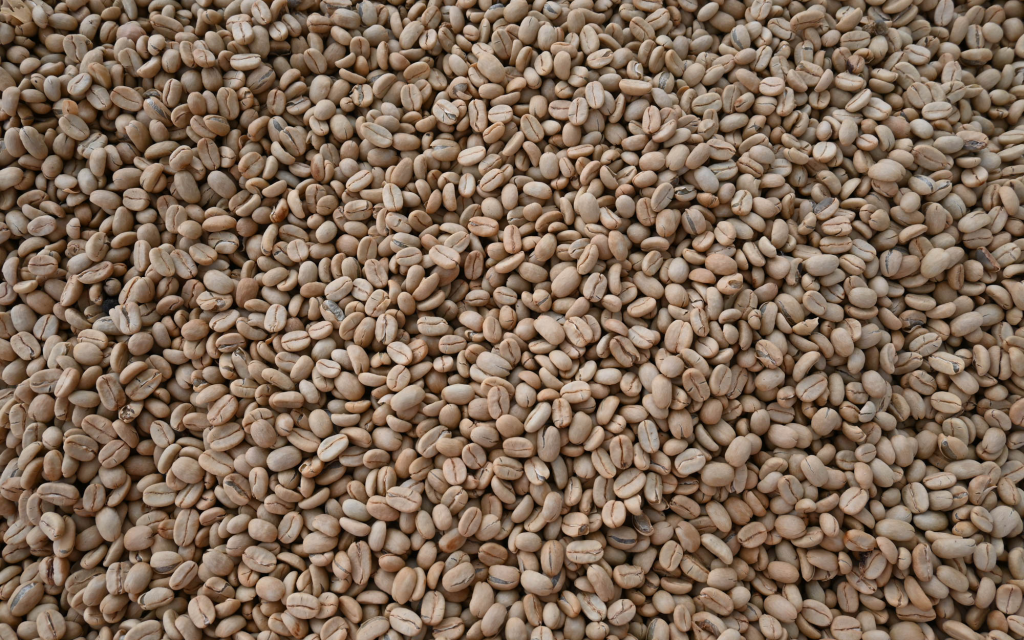
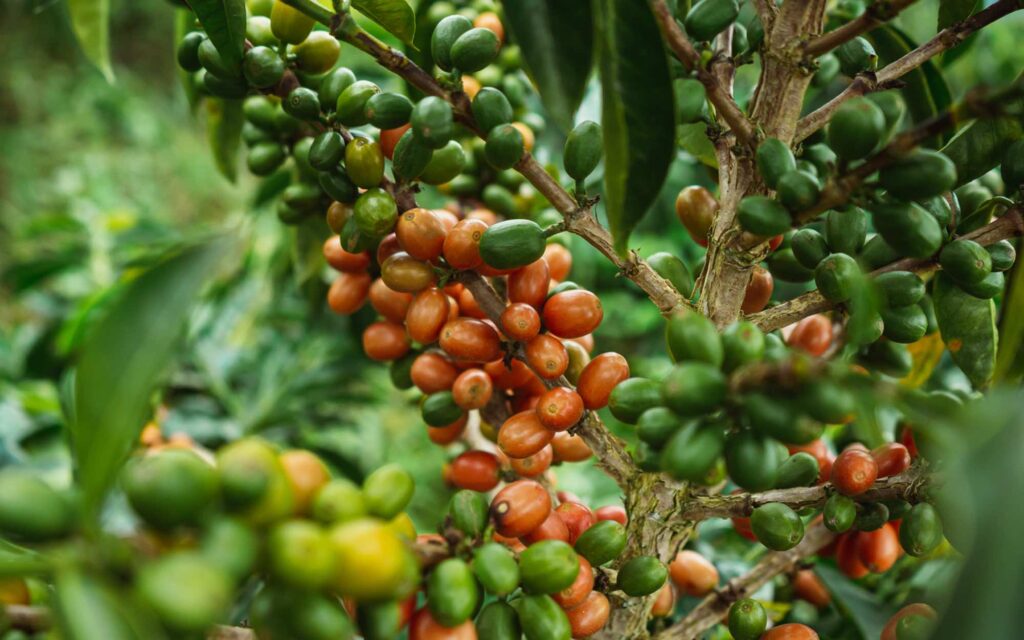
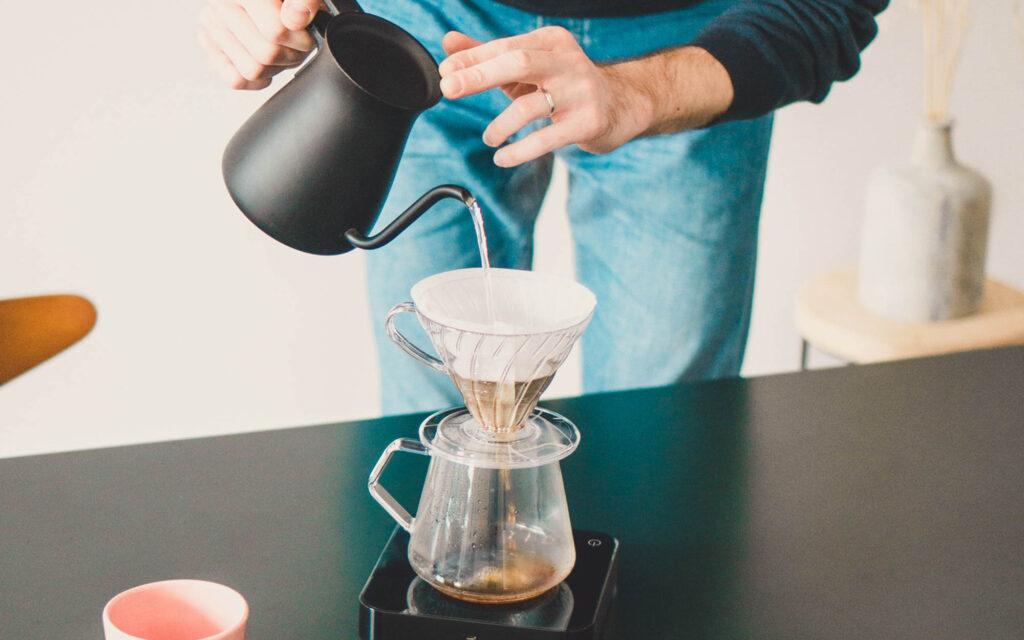
Responses